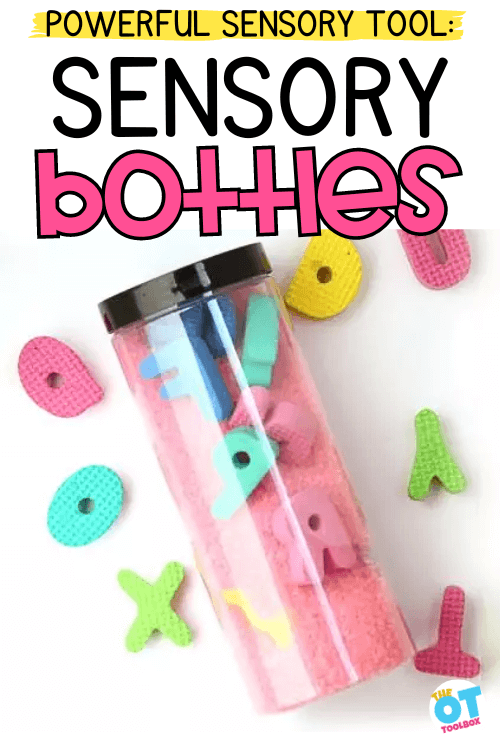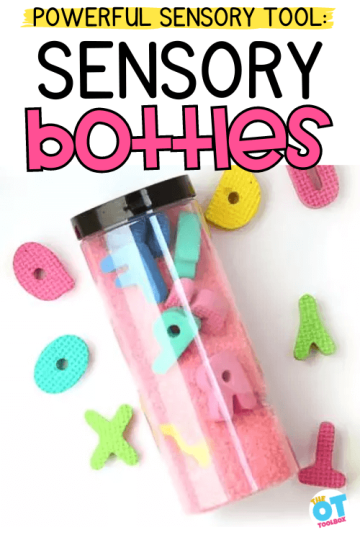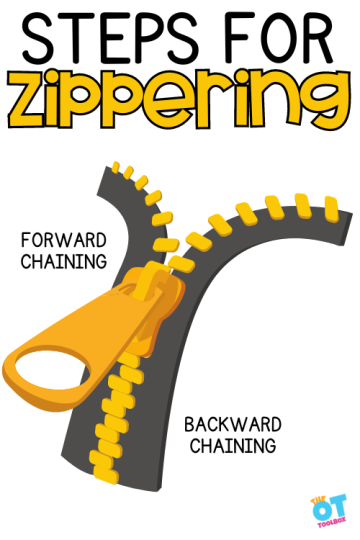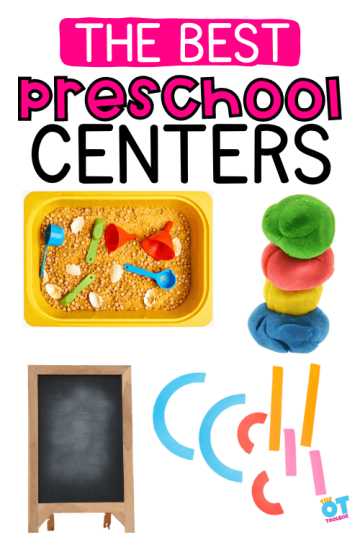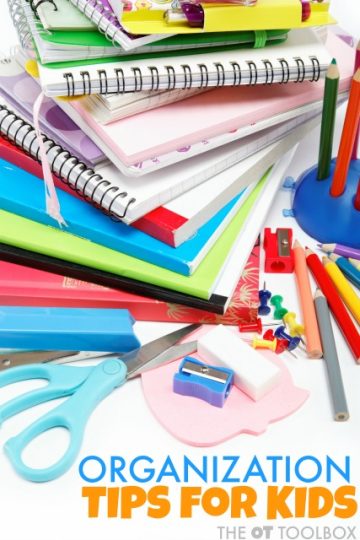When kids are in a meltdown mode and the behaviors are going full force, try some of these techniques to help kids calm down and move out of a harmful or ineffective status. Meltdowns are oftentimes a result of sensory systems that aren’t quite right, causing an overload of sensations.
Meltdown Mode
When the body is so overwhelmed or underwhelmed by sensory input, it turns to meltdown mode.
So, what is “meltdown mode” and what does this look like? More importantly, how can we help the child that is in a state of dysregulation so they can function? We’ll explain all of these things below.
What does meltdown mode look like?
Meltdown mode is that episode of overwhelming feelings, emotions, and behaviors that result in a breakdown.
Meltdowns occur when sensory input is overloading a child’s sensory system. This might happen fast and result in overwhelming emotions or behaviors.
Meltdowns look like different things to different kids:
- You might see kicking, hitting, punching, or other sensory responses.
- For another child, it might be fleeing or bolting.
- For another child, a meltdown might look like screaming or hurtful actions.
- Still another child might be quiet and hum to block out sensory input.
- For some, it might be laying on the floor and not moving.
How does a meltdown happen?
Kids can shut down when the sensory overload is a slower input. When a meltdown happens, kids need to reset themselves and their sensory systems.
The child who is in midst of a sensory overload may have difficulty getting their attention on the strategies outlined below, but they do need to know that they are safe, loved, and that it will be ok.
Meltdown Tricks and Tips
Just like a meltdown looks different for each individual, so do the strategies that can help move out of that mode.
When a meltdown is occurring, it’s best to have an arsenal of tools available in mind. Most important though, is keeping the child’s safety and best interests in mind.
Below is a list of meltdown mode tricks and tips to try.
Try the following sensory strategies are tips and tricks to help kids when they are having a meltdown:
Proprioceptive Input to help with meltdowns
Some of these meltdown strategies can occur as part of a sensory diet, and others can be used on a whim. The goal here is to support sensory needs and regulate emotions and behaviors.
For example, a student might use a school sensory room or it might be part of the day.
- Bear hug
- weighted blanket or weighted vest
- Crash on a couch or crash pad
- Bounce on a therapy ball
- Hide under cushions
- Exercise: push-ups, sit-ups, burpees
- Jump
- Run
- Pull a heavy weight
- Stretch
- Pound pillows
- Punch and squeeze play dough
- Stomp
- Bounce on a therapy ball
- Get under a mattress
- Joint compressions
- Jump on a trampoline
Sensory-based movement to help with meltdowns
Distractions or a change in environment can help when meltdown mode is in full effect. Add slow movements to these activities such as slow swinging or calmly walking.
- Take a nap
- Move to another space or room
- Practice deep breathing in a quiet space
- Go outside
- Take a walk
- Run at a park or play at a playground
- Turn on music (loud or quiet)
- Roll down hills (fast or slow)
- Play on swings
- Rock in a rocking chair
- Slowly spin in an office chair (limit time in spinning as indicated)
Refocus attention from the biggest cause of the meltdown with multiple-system sensory input: - Talk about impulses and jot them down in an Impulse Control Journal.
- Deep breathing
- Close your eyes and imagine
- Low lighting
- Put static on the radio
- Set a timer to scream/run/cry/dance/jump
- Yoga
- Write a story
- Act out frustrations with puppets, figures, or dolls
- Get in water: take a shower, bath, play in water, swim
Calming Tactile Sensory Input to help with meltdowns
Incorporate calming tactile sensory input into a calm down space or room:
- Fidget toys
- Sand box
- Rub on lotion
- Brush your hair
- Heated microwave (scented or unscented) bag
- Write or draw with a vibrating pen
- Use a vibrating toothbrush
Calming foods to help with meltdowns
Try some of these oral sensory motor calming foods:
- Suck a smoothie through a straw
- Chew on fruit chews or licorice
- Chew gum
- Chamomile tea

If any or some of these tips and tricks help, it can be beneficial to talk over the successes with your child. Address things like impulse control in a way that they are able to understand and relate to the meltdown they just experienced. A good way to do this is with the Impulse Control Journal.
What are your best strategies for addressing meltdown mode?

Colleen Beck, OTR/L has been an occupational therapist since 2000, working in school-based, hand therapy, outpatient peds, EI, and SNF. Colleen created The OT Toolbox to inspire therapists, teachers, and parents with easy and fun tools to help children thrive. Read her story about going from an OT making $3/hour (after paying for kids’ childcare) to a full-time OT resource creator for millions of readers. Want to collaborate? Send an email to contact@theottoolbox.com.

